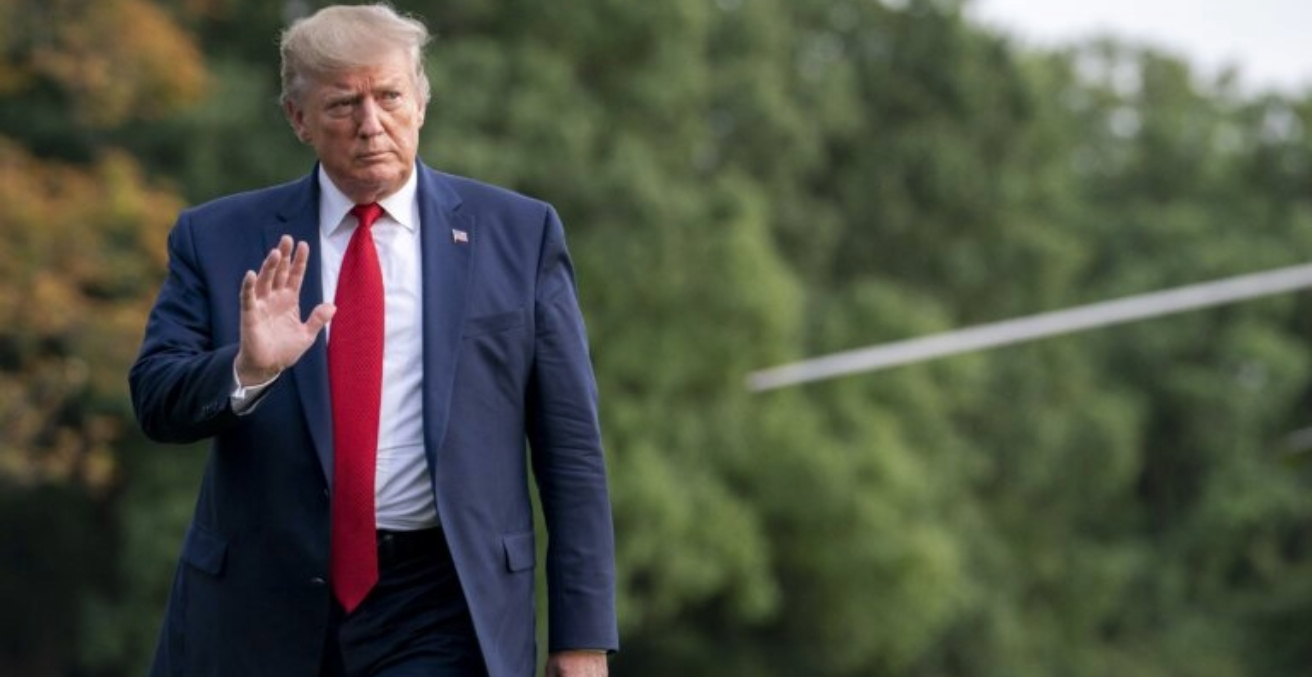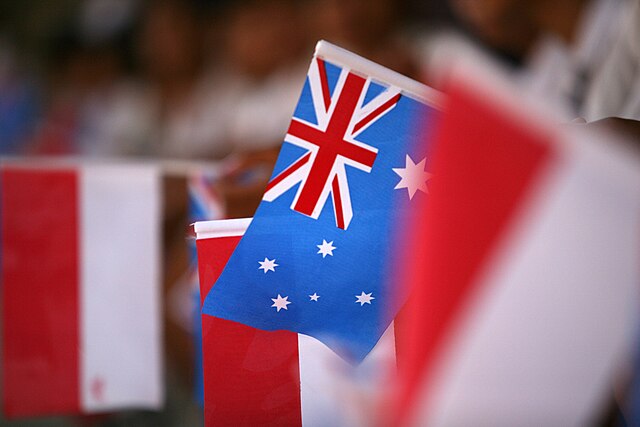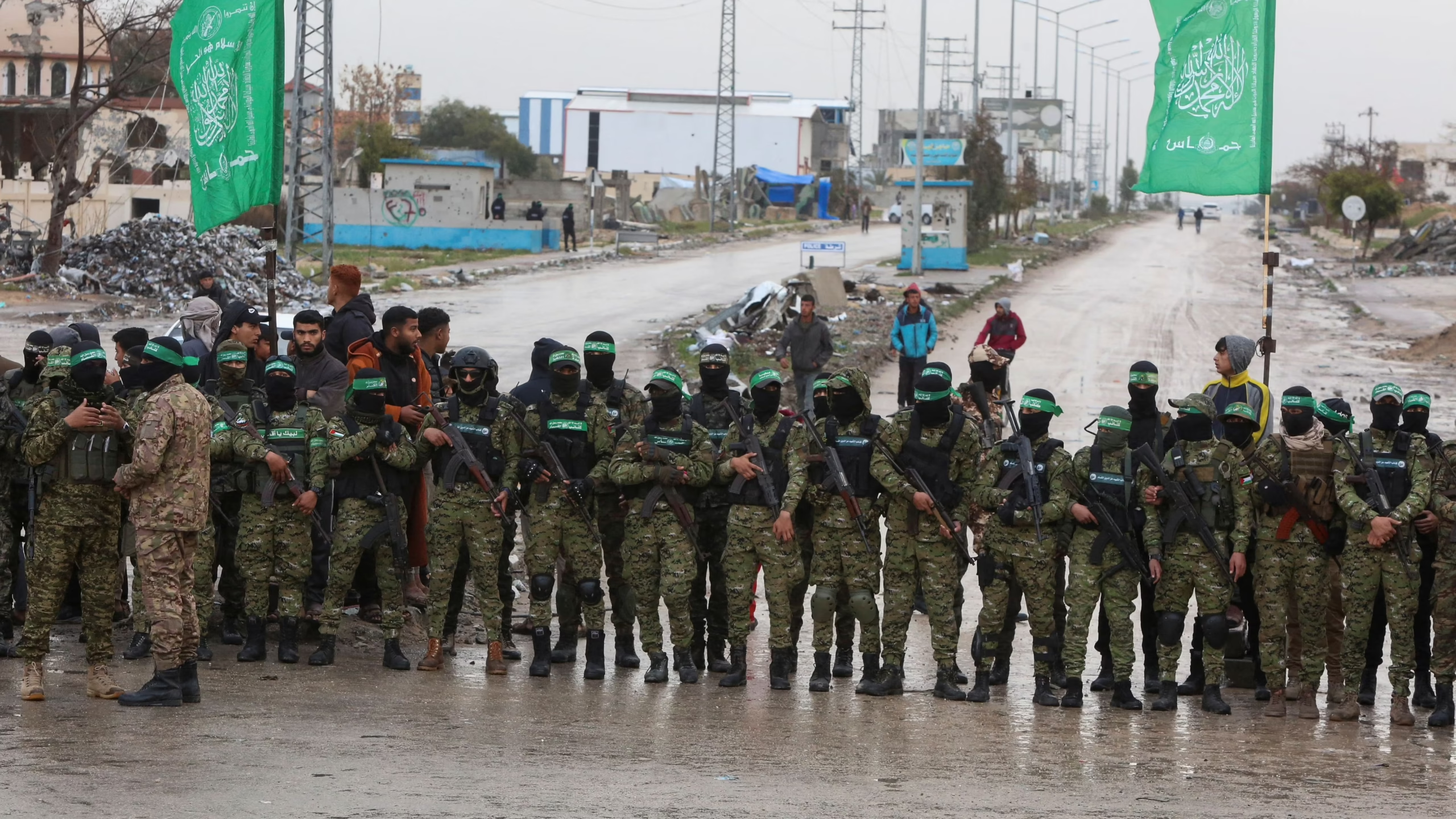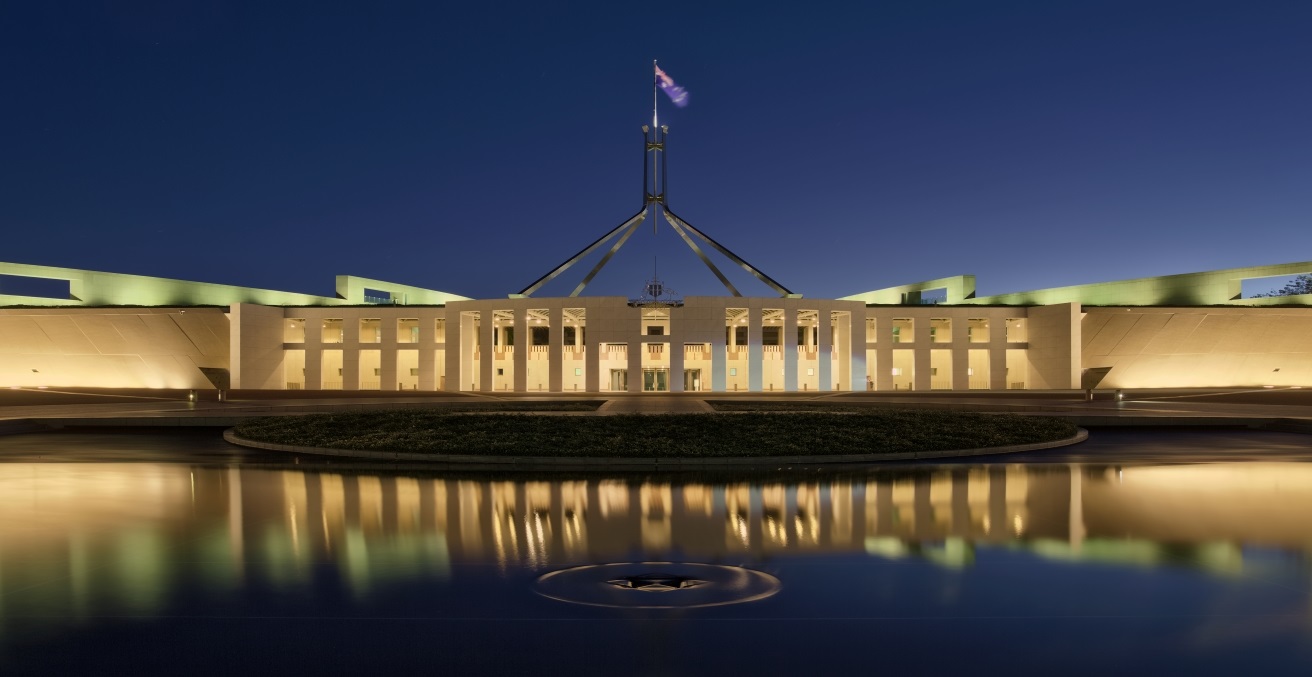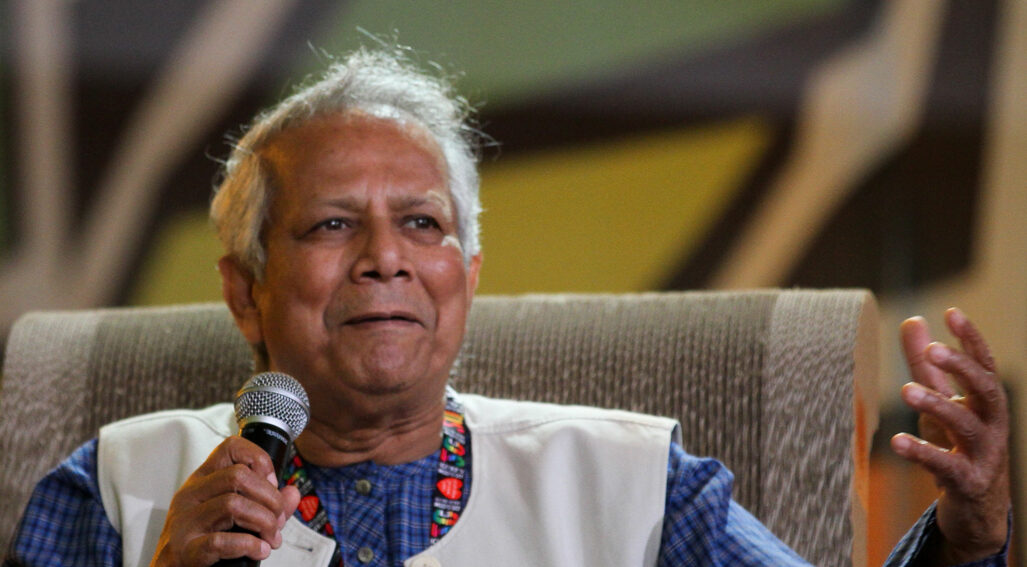The second Trump administration is redefining the US commitment to NATO—not by exiting, but by coercively urging European allies to carry more of the burden. This evolving strategy aims to preserve the alliance while reducing American costs and shifting focus toward China and domestic concerns.
The arrival of the second Trump administration led many analysts to conclude that NATO faced a period of turmoil that could imperil its survival. Though Donald Trump’s first term saw the alliance expand and the US continue its European commitments, Trump and his team regularly complained of NATO members’ cheap-riding on US security and questioned the alliance’s utility. The 2024 campaign amplified these themes, with Trump even declaring on the campaign trail that he would not defend NATO members “if they don’t pay.” Moreover, the administration’s initial steps on the Russia-Ukraine War—a focal point in current NATO debates—seemed to validate concerns that the United States’ commitment to NATO was waning: over allied opposition, the Trump team engaged Russia on ending the conflict and dismissed Ukraine’s NATO membership aspirations. This time around, Trump seemed poised to fundamentally alter the US relationship with NATO—potentially even leading the US out of the alliance.
As the administration continues, and with the first NATO summit of Mr Trump’s second term over, the reality is proving more nuanced. Instead of challenging the US-NATO relationship as such, the Trump administration has sought to keep the US engaged in the alliance. It has, however, altered the parameters of engagement by reducing the attention and resources put towards European security while encouraging the European allies to step up in the same. The expectation is that by constraining itself in Europe, Washington can focus attention on other strategic priorities—especially in Asia and at home.
US leaders have been open on this logic. Even as Secretary of Defense Pete Hegseth declared in February 2025 that “The United States remains committed to the NATO alliance,” he emphasised that “The US is prioritizing deterring war with China…As the United States prioritizes attention to these threats, European allies must lead from the front.” Likewise, Secretary of State Marco Rubio underscored during his confirmation hearing that although “The NATO alliance is a very important alliance,” one needed to ask, “should the role of the United States [in] NATO in the 21st century be the primary defense role or as a backstop to aggression, with countries in the region assuming more of that responsibility by contributing more.” After all—as Rubio elaborated elsewhere in his testimony—the US has other priorities, including domestic affairs and “what happens between the United States and China.”
The push for continued-but-cheaper engagement helps explain why Trump himself has affirmed his support for NATO —including its collective defence provisions—and why leaders including NATO Secretary General Mark Rutte have claimed that the US commitment remains intact. It would also be consistent with reports that the US may be planning a drawdown of forces in Europe. This emphasis on downgrading European affairs and focusing elsewhere is not actually radical, but rather overlaps the Obama and Biden administrations’ desire to prioritise Asian over European security.
At the same time, the Trump administration operationalises this policy in novel ways for the post-Cold War era. First, the Trump administration appears more open than recent US administrations to seeing the European allies replace or duplicate the conventional military capabilities long-provided by Washington. Undersecretary of Defense Elbridge Colby has flagged the matter, testifying that the European allies “must field real and large-scale combat capabilities” for the first time since the Cold War and “take primary responsibility for defense of the continent.” That the administration reportedly considered nominating the first European to serve as NATO’s military head (Supreme Allied Commander Europe) underscores the seriousness of the effort. This represents a break from post-Cold War practice that has seen Washington encourage European contributions that complement rather than rival US assets (US nuclear contributions are a different matter).
The second change follows from the first. Prior US administrations solicited greater European military contributions by cajoling allies to spend more on defence without imposing consequences when they failed to honor their pledges. In contrast, the Trump administration has used allies’ security dependence on the US to raise the specter of American abandonment if the partners fail to act as Washington seeks. Put differently, Trump is willing to coerce the European allies to produce the desired European defence policy.
This change in American tactics helps explain Trump’s blunt threats to withhold American support should allied defence lag. Others in the administration, meanwhile, have offered subtler approaches. Colby has emphasised that “if we are going to sustain [NATO], it needs to move in the direction that President Trump is leading it;” likewise, Rubio declared in April that, “We want NATO to be more viable. And the only way NATO can get stronger and more viable is if our partners [. . .] have more capability.” The threat is implicit: should allies not step up, then the US may judge NATO unsustainable and respond accordingly. Given that the European allies have agreed to US demands that they spend five percent of Gross Domestic Product (GDP) on defence—broadly defined—and acquire real combat capabilities, Washington’s pressure campaign may be succeeding.
In sum, having taken office facing concerns that he might disrupt the NATO alliance, Trump has moved to keep the US anchored in NATO while pressuring the alliance to move in directions that serve US interests through different channels. This shift is not axiomatically problematic. After all, alliances are means of statecraft rather than ends unto themselves, just as many of the European allies share similar regional interests as the US.
Still, it is not clear that the revised policy is sustainable. Domestic politics aside, there are several limits to the Trump administration’s approach. First, Europe gets a vote—and the vote could go either way. Current trends aside, varying threat perceptions, the risk that European states may not object to American coercion, and the reality that European states may use defence issues as a bargaining chip means that Europe may still fail to act as Washington wants. Indeed, Spain’s last-minute opposition at the 2025 NATO Summit to allocating five percent of GDP for defence indicates this possibility is more than hypothetical. Conversely, the more that the European allies stand up on defence, the more agency they are likely to exert and the less meaningful will be US abandonment threats. Although the US seeks continued influence over NATO’s direction, the result may be less US control over the alliance and European allies less inclined to act in accordance with US interests.
Relatedly, discussion of adjusting the US-European military relationship has emphasised conventional capabilities—nuclear weapons have gone unaddressed. Since, however, the most plausible challenge to NATO comes from a nuclear-armed Russia, current policy may leave Washington with underappreciated liabilities. If and as European defence contributions increase, the European allies will have greater sway over NATO’s military behavior even as the US remains responsible for nuclear missions. This arrangement can leave Washington facing something of a worst-of-all-worlds option: unable to dominate NATO yet, due to NATO’s Article V, compelled to either the last full nuclear measure or allied abandonment amid a crisis.
Finally, the Russian dimension matters. One does not need to overstate the Russian threat to acknowledge that Trump’s approach assumes no downturn in NATO-Russian relations. This is an uncertain proposition. Shifts in the distribution of power—as would accompany European NATO standing up as the US steps back—tend to roil relations between states. Given the fraught nature of NATO-Russian politics, either Moscow or a NATO ally may miscalculate and cause tensions to spike. Washington would then be faced with calls to refocus on Europe—potentially rendering the current approach moot.
Regardless, we should not lose sight of the reality that the second Trump administration’s emerging NATO policy is proving more evolutionary than revolutionary. The tactics deployed are different than the post-Cold War norm. Still, the ends pursued are neither a decisive break from the past nor indicative of newfound American restraint in world affairs. For all the tumult over a possible transatlantic breakdown, Trump seemingly wants the Washington-NATO relationship to endure.
Dr Joshua Shifrinson is an Associate Professor of International Policy with the University of Maryland School of Public Policy, and a Non-Resident Senior Foreign Policy Fellow with the Cato Institute. A graduate of Brandeis University (BA) and the Massachusetts Institute of Technology (PhD), Shifrinson’s research focuses on great power politics, international security, and US foreign policy. The author of Rising Titans, Falling Giants: How Great Powers Exploit Power Shifts and co-editor of Evaluating NATO Enlargement, his research has also appeared with Foreign Affairs, The Washington Quarterly, International Security, and other venues. Shifrinson is currently working on a book investigating when and why grand strategy goes awry, with heavy emphasis on post-Cold War US policy toward NATO.
This article is published under a Creative Commons License and may be republished with attribution.
